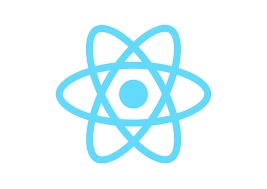Intro to React

Welcome! This lesson assumes you have some JavaScript knowledge and awareness of the DOM tree. Beyond that, we'll be here to teach you!
What is ReactJS?
First, let's think about where you might see a React.js app. Here are two quick and easy examples:
Facebook
Facebook actually built React! It needed web pages that could change quickly based on a user's interaction — your Facebook feed, for example.
Instagram
Instagram's public feed and internal system are entirely built on React.
For an intro to React, watch this video (note: right click to open in a new tab!).
The React framework was built to solve one problem: building large applications with data that changes over time.
Before React, re-rendering one thing meant re-rendering everything. This had negative implications on processing power and ultimately user experience, which at times became glitchy and laggy.
React is "agnostic" to other tools in your front end. This means that React can co-exist with other Javascript frameworks, letting the other frameworks handle the models and controllers and having React sort out the views.
Some History
For a quick rundown, React was...
First used by Facebook in 2011.
Adopted by Instagram in 2012.
Made open source in May 2013.
This can be extrapolated to - both Facebook and Instagram are React apps!
To get more hands on and in-depth down the React rabbit hole, let's keep going!
If you want to get an in-depth taste of what React is all about, here's an introduction from React.js Conf 2015. (note: right click to open in a new tab!). We'd recommend starting around the 8:35 mark and watching until 16:30. This link is also in the Further Reading page at the end of the React module.
Last updated
Was this helpful?